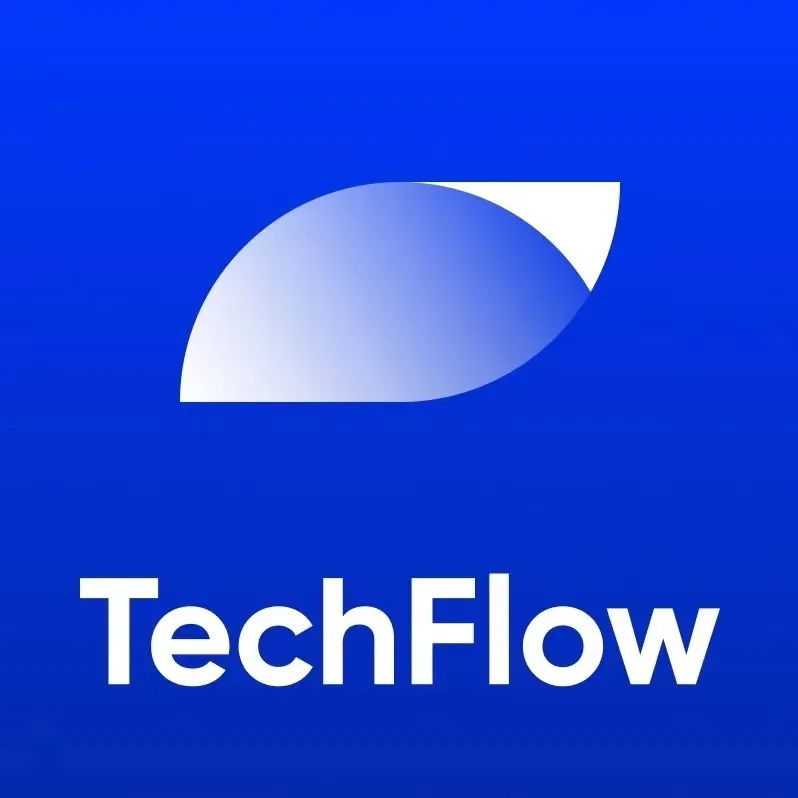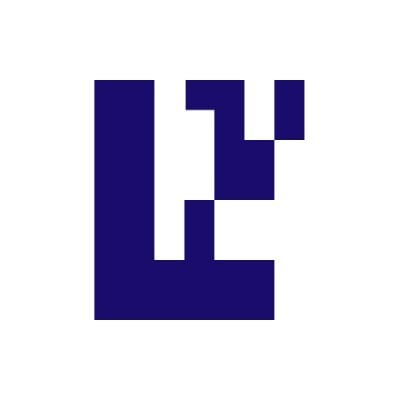Penetrating Eigenlayer Token Economics: A New Social Consensus Mechanism to Address the Limitations of ETH
Author: Deep Tide TechFlow
After much anticipation, Eigenlayer finally revealed more details about its tokenomics today, announcing that 15% of the EIGEN tokens will be distributed to users who previously participated in restaking through a linear unlocking mechanism.
Does the EIGEN token itself have more value? What exactly is its use? What impact can it have on restaking and even the entire Ethereum ecosystem?
The answers are all in the over 40-page tokenomics white paper released by Eigenlayer.
Unlike typical project introductions that briefly present token release diagrams, Eigenlayer has invested significant effort in thoroughly and meticulously explaining the role of the EIGEN token and its relationship with ETH tokens, even delving into some technical details.
The research team at Deep Tide has read through this white paper and summarized its technical points into easily understandable language to help you quickly grasp the role and value of EIGEN.
Key Points Overview
Functions of the EIGEN Token and Problems It Aims to Solve
- Universality and Restaking
Traditional blockchain tokens are usually only used for specific tasks, such as ETH primarily being used for block validation on Ethereum. This limits the scope and flexibility of token usage.
The restaking mechanism allows users to utilize their already staked ETH assets for multiple tasks and services without needing to unlock or transfer these assets.
- Intersubjectively Verifiable
The white paper uses the term "Intersubjectively" to describe some complex network tasks: they are often difficult to verify through simple automated programs and require subjective consensus from human observers.
The EIGEN token acts as a medium of "social consensus" in these tasks. In scenarios where different perspectives need verification, EIGEN can be used as a voting tool, allowing token holders to influence network decisions through voting.
- Forking Tokens and Slashing
Disagreements may arise within the network regarding certain issues or decisions, necessitating a mechanism to resolve these disputes and maintain network consistency.
In the event of a significant disagreement, the EIGEN token may undergo a fork, creating two independent token versions, each representing different decision paths. Token holders must choose which version to support, and the unchosen version may lose value.
If network participants fail to perform staking tasks correctly or behave improperly, EIGEN staked tokens may be slashed as a penalty for their misconduct.
Relationship Between EIGEN and ETH
- Complementary, Not Substitutive: The EIGEN token is not intended to replace ETH but rather to provide a supplement based on the existence of ETH.
ETH is primarily used for staking and network security, serving as a general-purpose work token. ETH staking supports slashing for objective faults (e.g., if a validating node makes a mistake, it will be penalized).
EIGEN staking supports slashing for subjective faults (errors that cannot be verified on-chain, such as when an oracle provides incorrect pricing), thereby greatly expanding the range of digital tasks that the blockchain can securely offer to users.
EIGEN Token: Providing a New Social Consensus Mechanism to Address Subjective Errors Beyond ETH's Reach
To understand the role of the EIGEN token, one must first know the role of the ETH token.
Before the concept of Eigenlayer and restaking, ETH could be seen as a "purpose-specific" work token. In simpler terms:
ETH tokens are used to maintain network security and generate new blocks, executing tasks related to the maintenance of the Ethereum blockchain, and cannot be used for other purposes.
In this context, the characteristics of ETH are:
Very specific work purposes;
Strong objectivity, for example, errors in double-signing on the Ethereum chain or mistakes in Rollup aggregation can be identified on-chain through pre-written objective rules, allowing for a certain amount of ETH to be penalized from the validators.
However, with Eigenlayer, ETH has effectively been transformed into a "general-purpose" work token. In simpler terms:
You can restake ETH into various tasks, such as new consensus mechanisms, Rollups, bridges, or MEV management solutions, no longer limited to staking on the Ethereum chain itself, which is also a key function of Eigenlayer.
However, in this case, although the use cases have changed, ETH still retains the following characteristics:
- The "objective" limitations still exist, as slashing and penalization can only be applied to tasks that are objectively verifiable on the Ethereum chain.
But you must understand that not all errors in the crypto world can be attributed on-chain, nor can all disputes be resolved through on-chain consensus algorithms.
Sometimes, these non-objective, hard-to-verify, and highly controversial errors and issues significantly affect the security of the blockchain itself.
For example, if an oracle quotes 1 BTC = 1 USD. This data is fundamentally incorrect from the source, and you cannot identify it using any objective contract code or consensus algorithm on-chain; furthermore, if a problem arises, penalizing the validator's ETH will be futile. In simple terms:
You cannot use an objective on-chain solution to sanction a subjective off-chain error.
What the price of an asset is, whether a data source is available, whether an AI interface program is functioning correctly… these issues cannot reach consensus or be resolved on-chain, requiring more of a "social consensus" to derive answers through subjective discussion and judgment.

Eigenlayer refers to these issues as Intersubjectively Attributable Faults: a set of faults that have broad consensus among all reasonable active observers in the system.
Thus, the EIGEN token has its purpose ---- providing a supplementary new social consensus mechanism beyond ETH to maintain network integrity and security, specifically addressing these "intersubjective" faults.
Specific Approach: EIGEN Staking and Token Forking
ETH continues to serve as a general-purpose work token, while EIGEN will act as a general "intersubjective" work token, forming a complementary relationship.
If validators stake ETH and some objective faults occur, slashing and penalization can be applied to the staked ETH;
Similarly, you can stake EIGEN, and when some intersubjective faults (which cannot be directly judged on-chain and require subjective judgment) occur, slashing and penalization can be applied to the staked EIGEN.

Let’s consider a specific scenario to see how EIGEN works.
Suppose there is a decentralized reputation system based on Eigenlayer where users can rate service providers. Each service provider stakes EIGEN tokens to indicate their reputation.
Before this system starts, two phases are essential:
Setup Phase: Coordination rules among system stakeholders are encoded to define how to resolve subjective disputes;
Execution Phase: The pre-agreed rules are executed in an implicit manner, preferably locally.
In this system, users can execute the conditions they previously agreed upon.
Now, if a service provider is deemed to have provided false services or misled users, the platform's community consensus mechanism may trigger a challenge, leading to a forking event that results in two versions of the EIGEN token—EIGEN and bEIGEN.
Now, users and AVS can freely decide which version to respect and value. If people generally believe that the slashed equity holders acted improperly, users and AVS will prioritize the forked token over the original token;
Thus, the original EIGEN tokens of malicious stakers will be slashed and penalized through this forking mechanism.
This effectively creates a social consensus adjudication system to resolve disputes that cannot be objectively handled on the ETH chain.
It is also worth mentioning that for users and other stakeholders, you do not need to worry about the impact of this "fork."

Generally, after a token fork, you must make a choice overall, which also affects the use of your tokens elsewhere.
However, EIGEN creates a barrier between CeFi/DeFi use cases and EIGEN staking use cases, meaning that even if bEIGEN is affected by intersubjective forking disputes, any EIGEN holders using it for non-staking applications need not worry, as they can redeem the bEIGEN fork at any later time.
Through this forking isolation mechanism, Eigenlayer not only improves the efficiency and fairness of dispute resolution but also protects the interests of users who do not participate in the disputes, thereby ensuring the overall stability of the network and the security of user assets while providing powerful functionality.
Conclusion
It can be seen that the intersubjective staking and dispute resolution mechanism of EIGEN complements the subjective disputes and faults that ETH's on-chain staking mechanism cannot handle, unlocking a large number of previously impossible AVS on Ethereum, with strong cryptoeconomic security.
This may open the door to innovation in the following areas: oracles, data availability layers, databases, AI systems, game virtual machines, intent and order matching, MEV engines, prediction markets, etc.
However, based on the roadmap provided in its white paper, the current use cases of EIGEN are still in a very preliminary startup phase, more like a complete conceptual framework that has yet to be practically executed.
As users can officially claim EIGEN tokens after May 10, whether the envisioned utility of EIGEN can effectively support changes in the token market price remains to be seen.










